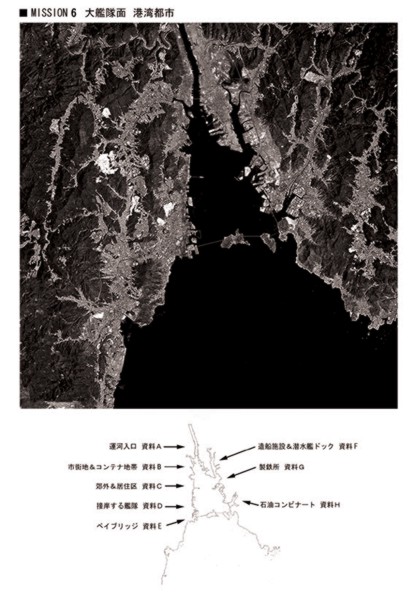Part 6: Mission 6 – Operation Rough Seas, November 23rd, 2004
Invincible FleetMission 6: Operation Rough Seas – November 23rd, 2004
Overview: ISAF launches a massive air strike against the so called “invincible” Erusean Aegir fleet stationed at Comberth Harbour. Destroying the Aegir fleet will remove Erusea’s primary offensive force in western Usea from the battlefield and eliminate any further military threat to ISAF GHQ on North Point. It will also open a vital strategic corridor back into FCU territory on the mainland in preparation for ISAF’s impending counterstrike operation.
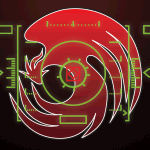
Guest Commentator: Joining me in this video is ACES CURE PLANES, because he asked me “So who are you getting to sing the Usean anthem at the end of Invincible Fleet?” and I replied “You.”


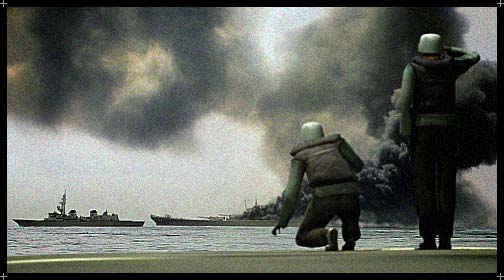
THE AEGIR FLEET
Prior to its destruction at the hands of the Independent States Allied Forces, Erusea’s intimidating Aegir Fleet, led by its flagship, the battleship F.E.N.S. Tanager and its stalwart captain, Matias Torres, was one of the largest detached naval armadas on the planet, rivaling the might of even certain fleets in the Osean Maritime Defense Force. On account of its size and success rate in combat situations, the Aegir Fleet has been nicknamed the “Invincible” Aegir Fleet by the Erusean military government—a term that was even adopted by ISAF as shorthand for how daunting a task sinking it would prove.
Originally stationed at the Erusean port city of Anchorhead, the Aegir Fleet missed the majority of the first Usean Continental War of 1998, having been mysteriously deployed on a “training mission” to the Razgriz Straights north of the Emmeria-Estovakia border in the Arctic Circle shortly before the outbreak do the war. There were many inside the FCU government and military command at the time, however, who questioned the Aegir Fleet’s puzzling deployment, speculating that the Eruseans had deployed it specifically to keep it out of the fight, lest it fall into the hands of either the Allied Forces or the Usean Rebel Forces, and to ultimately use it as a bargaining chip or leverage for one side or the other as the war drew to a close and an obvious victor emerged. Of course, these allegations were never proven, let alone publicly voiced, as the FCU desperately needed Erusea’s support at the time due to severe military losses to the Rebellion both in defections and casualties.
The Aegir Fleet ultimately did see combat during the Continental War near the tail end of Operation Belissima, assisting the FCU Navy in its decisive sea battle with the URF fleet at Snider’s Top during Operation Final Countdown—where ex-Federal Erusean Air Force Ace Edgar Grint was ultimately killed—and helping to liberate and secure the former URF provisional capital of Saint Ark during Operation Kingpin. Also present at the battle was Matias Torres, severing as a gunnery chief on the F.E.N.S. Fenris, fighting on the side of the Usean Allied Forces.
Following the freeze in relations between Erusea, the FCU and the Independent States after the end of the war and the Ulysses 1994XF04 impact, the Aegir Fleet was recalled to Anchorhead for a massive retrofit and expansion as part of the Erusean military buildup of the early 00s. The four years between Ulysses Day and the start of the Shattered Skies crisis saw the Aegir Fleet nearly double in size in terms of ships and sailors to crew them.
When the Erusean Army stormed into Delarus to take control of Stonehenge, the Federal Erusean Navy also set sail to secure dominance over Usea’s coastal waters with the Aegir Fleet at the tip of its spear. From there, the fleet largely acted as a dispersed entity throughout the Second Continental War, running down the scattered remnants of the ISAF Navy that failed to evacuate to North Point before being recalled to Comberth Harbour en mass in preparation for a naval strike against ISAF GHQ in North Point City.
In addition to the Iowa-class battleship Tanager, the Aegir Fleet also consisted of the Kitty Hawk-class aircraft carrier Geofon, the Hatakaze-class guided-missile destroyers Beluga, Lazuli, Kolga, and Fenris, the Ticonderoga-class guided-missile Aegis cruisers Raven, Condor*, Magpie*, Sparrow*, and Finch*, the Cassard-class frigates Herne, Thiassi, and Taisch, and the Los Angeles-class nuclear submarines Beowulf-π (pi) and Beowulf-ν (nu), among other vessels.
* These four ships do not appear in “Invincible Fleet” itself, but audio extracted from Shattered Skies’s sound files contains lines from SkyEye identifying these ships and confirming their sinking.
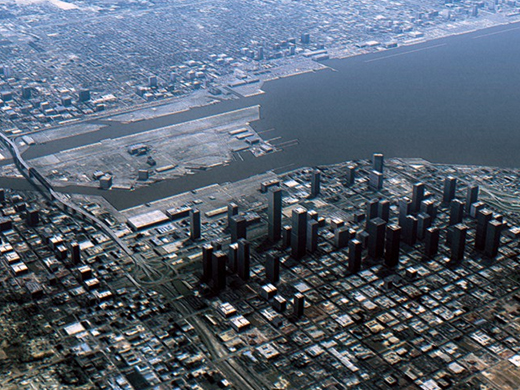
COMBERTH HARBOUR
They city of Comberth is one of the larger industrial maritime ports on Usea alongside Anchorhead and Port Edwards. It is eastern Usea’s premiere port city and naval station, serving Expo City further along the east coast, as well as Faith Park and Los Canas.
The city is known for its vast industrial sectors, a very progressive urban core, and several world-rewound tourist attractions such as the Comberth Space Needle, Science Center, and the Comberth Harbour Bridge, the which is the largest suspension bridge on Earth and spans the entire width of the Comberth Harbour bay mouth.
Comberth Harbour’s design was based largely off the American port cities of Seattle and San Francisco. The city features similar geography to both the Elliot Bay and San Francisco Bay areas, including a large suspension bridge that crosses the mouth of its harbor and intersects an island midway—a combination of both the Golden Gate and Bay Bridges.
Much like that one mission in Ace Combat 2, “Invincible Fleet” was also originally slated to feature a pair of buildings in the Comberth skyline that looked suspiciously similar to the World Trade Center, which would become engulfed in smoke as the fires from the ships docked in the port billowed out into the metropolitan area. According to Ace Combat 04’s art director (and later Ace Combat series producer) Kazutoki Kono, the towers and smoke event were hastily removed from the game at the last possible second before it went to print as the September 11th terrorist attacks on the World Trade Center had just occurred two days prior and that particular set piece suddenly appeared in bad taste to have in a game such as this.

ÆGIR
There’s a lot of Old Norse mythological references on the Erusean side of Ace Combat 04 and the Aegir fleet is our first big encounter with one of them.
Aegir, also spelled Ægir, in Norse mythology was a sea Jötunn, or giant somewhat analogous to Poseidon/Neptune of classical mythology and strongly associated with the ocean. He was known for hosting his share of rager parties for the Æsir—aka the upper tier of the Norse gods such as Odin and Thor, and had nine daughters.
Beyond that, there’s not much more to say about him. There’s been a slew of things named after Ægir, at least according to Wikipedia, including one of Saturn’s moons, and—most fittingly—several ships, submarines, and entire classes of ships.
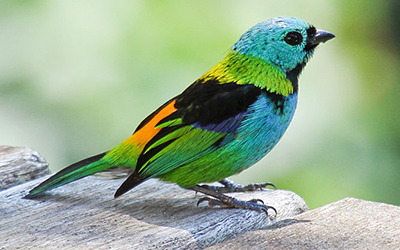
TANAGER
The Tanagers are a biological family of birds found primarily in the tropical regions of the New World, specifically throughout South America, where 60% of family is found. They are noted primarily for their bright coloured feathers, and for being among the birds that Charles Darwin studied in the Galapagos Islands, where, upon observing their varied beak shapes, which had adapted to be inclined to disparate survival tasks, helped lead to Darwin postulating the theory of evolution.
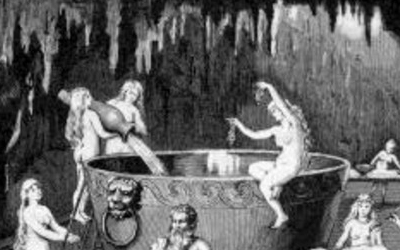
KOLGA
Also known as the “chilling wave,” Kólga was also a sea Jötunn and more specifically one of Ægir’s nine daughters in Norse mythology.
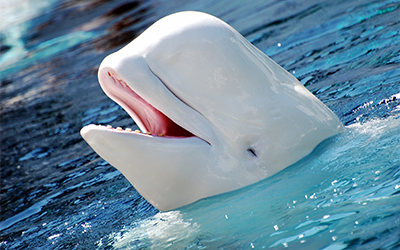
BELUGA
Do I really need to explain what a Beluga whale is?
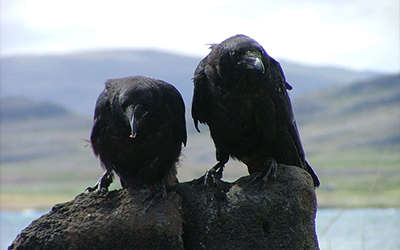
RAVEN
Do I need to explain what a Raven is too—actually; in this case I do because it also tacks back to Norse mythos.
Ravens play a large role in Old Norse myth through their association with Odin, the All-Father. Odin was noted as having two raven familiars, Huginn (though) and Muninn (memory), who would act as his observers in the mortal world of Midgard and would report back to him on the auspicious dealings of certain humans (and gods who meddled in their affairs, like Loki tended to do).
So in this instance, it was actually kind of clever of Project Aces to name the line Aegis cruiser that appears in this mission the Raven, as the Ticonderoga-class Aegis cruisers are notable for their powerful radar and guided-missile systems, effectively making them the eyes of any fleet they are attached to.
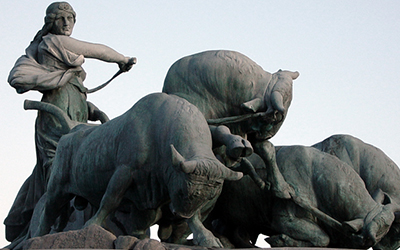
GEOFON
An Old English word meaning “giving” and connected with the Gemanic sea goddess Gabia, which is alleged to delineate from Gefjon, who was the Norse goddess of ploughing and farming. Gefjon is also implied to possess some connection with Grendel’s mother in the Old English poem Beowulf, but the connection is not elaborated on in the poem beyond a passing gloss of comparison.
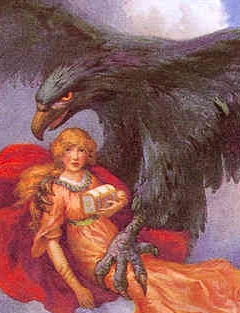
THIASSI
The Jötunn Þjazi (commonly translated as “Thiassi”) is a giant in Old Norse mythology who commonly takes the form of a massive black eagle. Þjazi is a minor recurring antagonist to the Æsir, whose most notable deed was kidnapping the goddess Iðunn (Idunn) after Loki lured her out of Asgard specifically so that Þjazi could swoop down and abduct her and take her back to Þrymheimr in Jötunheimr. He is later killed by the Æsir after they force Loki to infiltrate Þrymheimr and rescue Iðunn under pain of torture and death—because let’s never forget that Odin is just as big of a prick as Loki is, he just has better PR people.
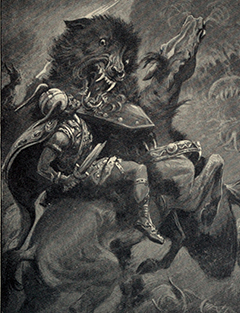
FENRIS
The monstrous giant wolf Fenrir (fen-dweller), also known among other names as Fenrisúlfr, is one of Loki’s sons in Norse mythology, along with the world serpent Jörmungandr, and his daughter Hel. Fenrir is prophecies to be the one who kills Odin during the final battle at Ragnarok, who then in turn will be slain by Vidar, one of Odin’s sons, who is one of the few survivors of the climactic battle.
Some scholars, like Andy Orchard, theorize that Fenrir is a conflation of other Norse hounds such as Garmr (the namesake of Galm Team from Ace Combat Zero), or rather the inverse and that they are actually extensions of Fenrir.
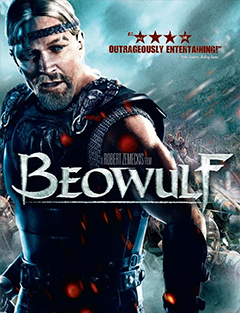
BEOWULF
The titular hero of the Old English epic poem Beowulf, one of the oldest surviving works of English literature. Beowulf is basically the Scandinavian Hercules, a larger-than-life hero who accomplishes great deeds, both seen and recounted second-hand in their respective stories, who are also kind of assholes when you boil them down.
The main story of Beowulf the poem finds Beowulf the man sailing from his home in Geatland to the domain of King Hrothgar in order to settle an old debt held between Hrothgar and Beowulf’s father Ecgtheow. He arrives to find Hrothgar’s lands and hall ravaged by the beastman Grendel, who attacks only at night and has cost the lives of many of Hrothgar’s men. Beowulf then fights and defeats Grendel, tearing his arm off and beating him to death with it, as Grendel was immune to all manmade weaponry.
After much celebration, however, Hrothgar’s keep is then attacked by Grendel’s Mother, seeking revenge for the death of her son. Beowulf then tracks her to her lair and kills her. He then departs back for Geatland and later becomes king. After ruling prosperously for 50 years, his reign comes to an end after a dragon awakens and begins menacing Geatland. Beowulf sets out to slay it to protect his people, but is mortally wounded in the battle himself, and names his apprentice Wiglaf as his heir before dying.
By and large, Beowulf is basically Old Norse fanfiction, which tons of Norse references sprinkled through it, but is largely absent any intervention from the “classical” Norse deities and forces that otherwise crop up in other tales of its ilk.
I wasn’t all that taken with it when I watched it, but if you’re looking for a somewhat pertinent connection between this LP and the other LP I currently have running of Killzone 3, then go hunt down the 2007 CGI Beowulf, which stars Ray Winstone aka Admiral Orlock as Beowulf himself, Sir Anthony Hopkins as King Hrothgar, Crispin Glover as Grendel, and Literally Angelina Jolie as Grendel’s Mother.

HERNE
First mentioned in popular media by William Shakespeare in The Merry Wives of Windsor, Herne the Hunter is a ghostly spirit taking the form of a horned man riding a hunting steed that rides the wilderness with his hunting dogs in search of quarry. He is often associated with pagan hunting deities.
Certain scholars trace the mythic origins of Herne back through similar deities in Anglo-Saxon mythology, all the way back to Odin himself, who they claim to be an analog to Herne.

TAISCH
This is perhaps the most obscure of the glosses for the named ships in “Invincible Fleet”. According to the Collins Dictionary, a taisch is an archaic term from Scottish folklore denoting the apparition of a person whose death is imminent, like a premonition or a Greek eidolon.
The other gloss comes from Wikipedia, which directs you to the article for “Second Sight” when you throw the word taisch into its search bar, which is a collective term for precognition, extra-sensory perception, and remote viewing.
If there is a connection here to anything else we have covered, it eludes me at present.


-
Levy
- Plane: F-14A Tomcat
- Mission 6
- Spawn conditions: Appears at the very north of the map over New Comberth Harbour.
Kadorhal posted:
Ace Number Six is Levy. Named for David H. Levy, born May 22, 1948. Canadian astronomer and science writer, discovered 22 comets either alone or alongside Eugene and Carolyn Shoemaker, and 53 asteroids between 1987 and 2008. In particular, he and the Shoemakers discovered the comet Shoemaker-Levy 9 in 1993, which a year later collided with Jupiter. Also wrote a thesis titled The Sky in Early Modern English Literature: A Study of Allusions to Celestial Events in Elizabethan and Jacobean Writing, 1572–1620, the completion of which got him a Ph.D. from the Hebrew University of Jerusalem in February 2010. At current one of the very few namesakes in this game who is still alive, at 68 years.
The fun thing about his paint scheme is that the emblem on the tail is the head of Red Baron, the first player from Sky Kid. He's not the only one with an emblem from that game, either - spoilers, I guess, but we'll be seeing his face again next mission.

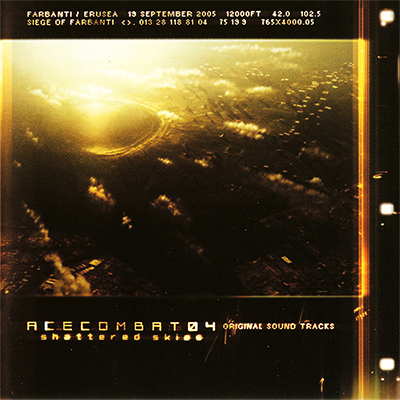
Tracks featured in Mission 6:
DISC 1

“The Hymn of Liberty”
Federation of Central Usea National Anthem:
”Lyrics” posted:
O'er azure skies
And emerald plains
Where freedom and justice prevail
With courage and strength
We'll fight to the end
For liberty in our land.
And lastly, an overhead map of Comberth Harbour itself:
